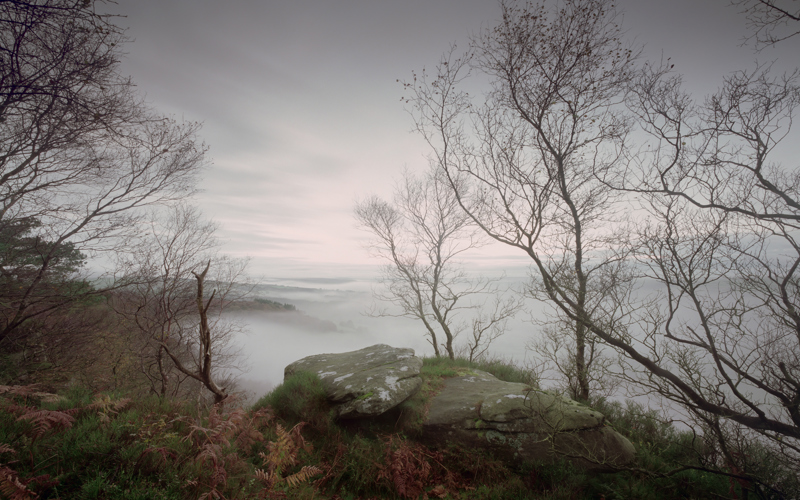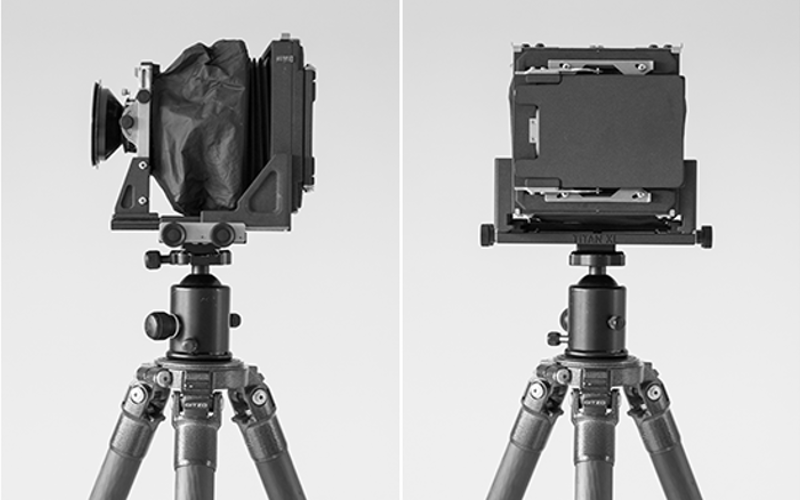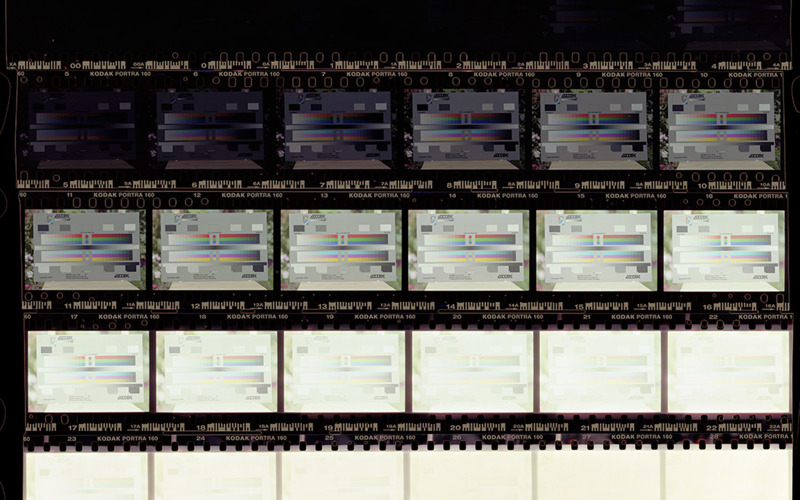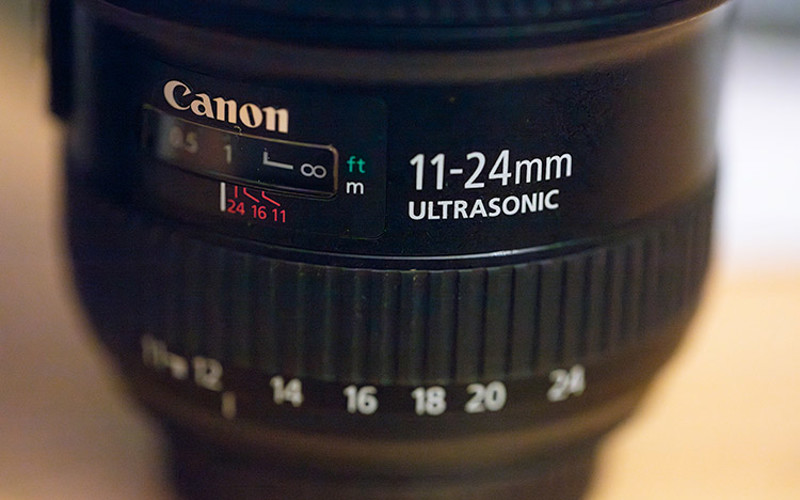RICOH GR III HDF - First Impressions Review
The Ricoh GR III HDF is tiny and genuinely pocketable. Its APS-C sensor and remarkably sharp prime lens deliver DSLR-like quality in a highly compact package.
Contents
- First impressions / build quality
- The HDF Filter
- Dynamic Range
- Macro Mode
- Image Quality
- Ricoh GW-4 wide converter
- Conclusion
Ricoh RG III HDF First Impressions
The Ricoh GR III HDF is tiny, a genuinely pocketable camera. First impression is that it does feel a bit plasticky and somewhat fragile, so I immediately sought a protective case. The delicate lens shutter also prompted me to get a metal lens cap for added protection. These measures help keep dust from the sensor, which is a known issue with these cameras. As an extra precaution I also covered the microphone vents with black electrical tape to prevent dust ingress, though I suspect the lens movement as the camera turns on and off is the main culprit. I've had no issues with dust on the sensor so far but I certainly won't be putting it in my pocket unprotected.
The menu system is user-friendly and highly customizable, similar to Sony cameras, even allowing for back-button focusing. Initially, the absence of an EVF viewfinder felt odd but quickly became a non-issue. The camera is designed for one handed operation and it does this very well. I can certainly see why this camera is renowned as a street photography camera.
The camera's focus system is good but compared to newer cameras it could certainly do with updating. However this camera has a feature I've never seen in another camera - snap focus. This allows you to set the camera to preset focus on a fixed distance ranging from 0.3 meters to infinity. It's a brilliant feature and I find myself using it most of the time.
The HDF Filter
Lets start with the unique feature of this camera. The built-in HDF filter resembles the Black Mist line of diffusion filters. I've used these occasionally and appreciate the effects they create. However, they require careful use to avoid unwanted halo effects around subjects. The filter is quite strong, but in the right conditions, it works exceptionally well and adds a useful feature to the camera.
Occasionally I use a 1/8 Tiffen Black Mist filter. That filter seems more subtle so I would guess this HDF filter is perhaps roughly equivalent of a 1/4 Black Mist filter but I'm not certain.

Dynamic Range
The dynamic range is also impressive—while not on par with my A7R5, the files are flexible and pleasant to work with. The Negative and Positive presets are great, giving lovely colours and the Hard Monotone preset gives an almost infrared look.
Macro Mode
The macro mode which by default is available with a simple upwards click of the control wheel is a fantastic addition to the camera really adding to its flexibility. This allows close focus from 6 to 12 centimetres, image sharpness remains excellent and background bokeh is nice.
Image Quality
Wow. This is where the GR III HDF truly excels. Its APS-C sensor and remarkably sharp prime lens deliver DSLR-like quality in a pocket-sized package. The sharpness extends right to the corners, and the image stabilization helps maximize low shutter speeds.
Below is a series of test if images taken from f/2.8 to f/16. Focus was set in the distant middle of the frame. All taken at 100iso with the Positive Film preset. Images have been brought into Lightroom and lens corrections and chromatic aberration corrections are turned off.
The image is sharp across the frame from f/2.8. The foreground is too close to be in focus. Performance to my eyes is superb right through to f/11. You can see some softening of the image at f/11 but perfectly useable. Diffraction has really set in by f/16.
Ricoh GW-4 (21mm Wide Angle) Lens Review
As a wide-angle lens junkie, I couldn't resist the GW-4 wide converter. While it makes the camera front-heavy and the rubber lens hood is cumbersome, it's a worthy addition for versatility even if it is only used occasionally. The GA-1 adapter is necessary to attach the converter, making the process of attaching the lens a bit fiddly. It also requires the small plastic ring that needs removing from the camera so it can attached - this could be easily lost.
The GW-4 adds considerable weight to the setup. It's still light weight but no longer pocketable. My GR III is 260 grams. The GW-4 weighs in at 279 grams with caps and GA-1 adapter. The resulting setup becomes 528 grams and is considerably front heavy.
Below is a series of test images taken from f/2.8 to f/16 with the GW-4 attached so at 21mm.
With the GW-4 attached image quality is a little soft at the edges and in the corners wide open at f/2.8. However it sharpens up by f/4 and considerably between f/5.6 to f/11. F/16 again is obviously rather soft from diffraction.
There is noticeable chromatic aberration with the converter but this is easily fixed in post at the click of a button. Images here have lens profile corrections turned off.
Having a large front element the wide converter is a little prone to flaring. To avoid it you need to be careful to keep the front element really clean. However overall and with care the flare control is quite well controlled.
Conclusion so far
The Ricoh GR III HDF impresses with its compact size, excellent image quality, and unique built-in filter. I find I have it on my most of the time, when out running or walking. I often don't event realise it is even in my pocket. As they say the best camera is the one you have with you.
Despite some minor inconveniences such as the not so great battery life and the need for protective accessories, it's a fantastic camera for those seeking a lightweight, high-quality option for travel, street photography and everyday use. The addition of the macro mode, snap focus and wide conversion lens further enhances its versatility.
Having previously owned a Sony RX100VII, which is am exceptionally good compact camera, personally would take the Ricoh any day. It may have a fixed prime lens but that will make you a better photographer and force you to be more creative. The larger sensor size also makes it feel a much bigger step up from a phone camera - the image quality really is superb.
More Reviews

No matter how familiar the place might seem, it always holds the potential to reveal something new, something unexpected, something magical - if only for a brief moment before it's gone forever.
View
A robust large format view camera designed specifically for ultra wide angle lenses.
View






























